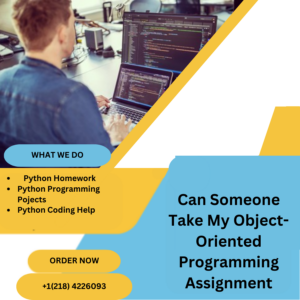Programming objects are data fields with specific attributes and behaviors, serving as building blocks of software programs and making for easier reusability and scaling; OOP also facilitates efficient debugging and testing processes.
Contrasting procedural programming, which divides software design into individual procedures operating on different data structures, OOP encapsulates behavior and data into objects. These objects communicate between each other via predefined interfaces called messages.
Object-oriented programming (OOP) involves breaking complex requirements down into manageable pieces that serve as blueprints for object instances. This approach reduces duplicate code and follows the “don’t repeat yourself” principle while simultaneously permitting inheritance – an intricate yet convenient method of creating new classes; inheritance requires expert advice in its use effectively – and polymorphism; when one method call operates across different classes in an inheritance hierarchy at once – perfect for handling unpredictable events that arise unexpectedly.
Programmers use classes as templates for building objects. Each class defines an object with initial values for state variables (variables), implementations of behaviors (Methods), and any required methods that determine behavior (also referred to as its blueprint). It can also serve as an organizing framework or roadmap.
Example: A mobile phone may contain attributes and functions such as its brand name and RAM memory size – all belonging to its class that describes this particular phone type.
An application program may use classes to bind data and methods together into one unit for easy reuse; this concept is known as encapsulation, inheritance and polymorphism in object-oriented programming.
JAVA is one of the world’s most beloved object-oriented programming languages, used across an array of applications. However, students often struggle with their coding assignments due to insufficient skill. If this is the case for you, a professional JAVA tutor may offer invaluable assistance and provide high-quality JAVA assignment help – providing safe solutions with great results!
Object-oriented programming employs methods to define and manipulate objects. Like functions, methods are associated with specific classes. A method takes in parameters, manipulates them as necessary, then produces output. Methods also enable communication among classes via predefined interfaces called messages.
Java is one of the world’s most widely-used object-oriented programming languages, and our expert JAVA Tutors can help you to understand its basics, debug issues, navigate IntelliJ IDE efficiently, write code that passes testsuites or write software that will meet client specifications.
Encapsulation is essential when writing object-oriented programs, as it keeps details out of sight while creating an interface for programmers to access them. Encapsulating details makes the code more readable while eliminating confusion between different functions; testing becomes simpler as it’s easy to identify who called which method.
Object-oriented programming allows code to be divided into modules. Each module consists of objects which communicate through well-defined interfaces and allow individual objects to be managed using distinct logic sequences known as methods. Every class of objects includes a description that serves as a blueprint for its individual objects, attributes and methods.
These classes can then be instantiated, enabling a user to create instances at will and send messages directly. These could either be literal values (val1 = 7) or computed ones such as (foo + 3).
This approach allows for data encapsulation by keeping details hidden from other programs, as well as improved reusability as different objects can share the same Low-Level utility functions and are thus easily modified at run time without impacting other components. Focusing on messages also increases abstraction as sending objects don’t need to know which implementation of receiving functions will be implemented by receiving objects.


